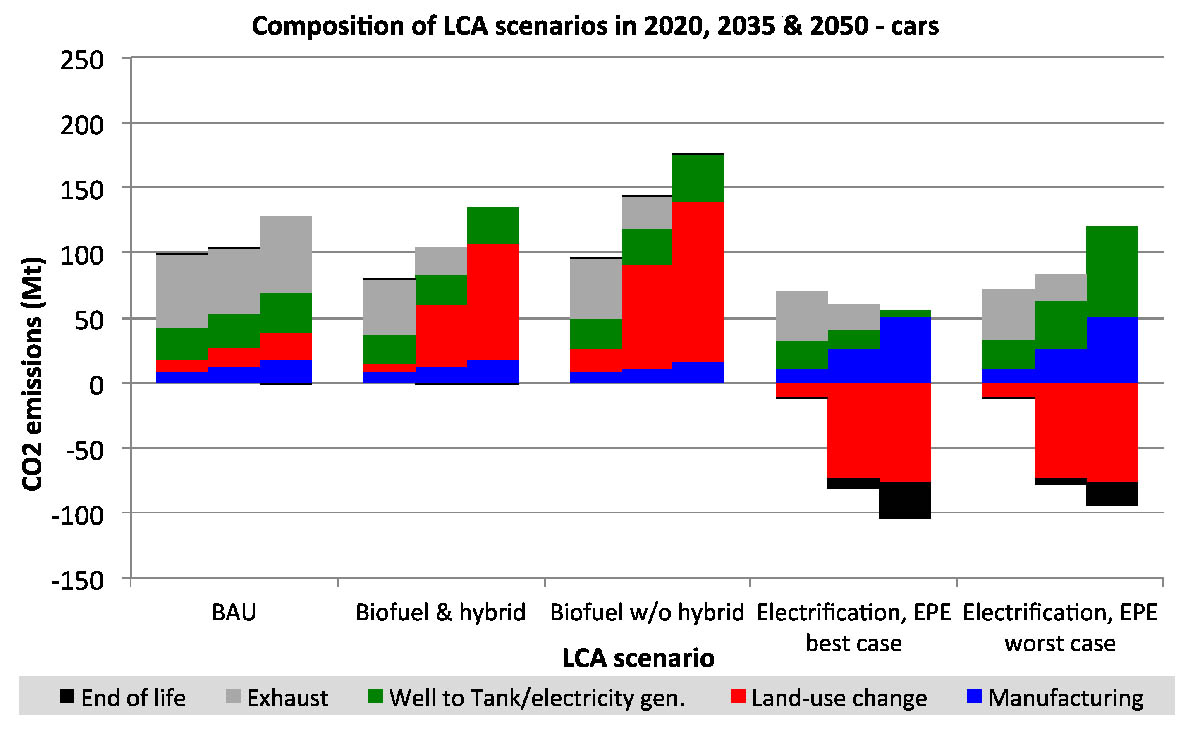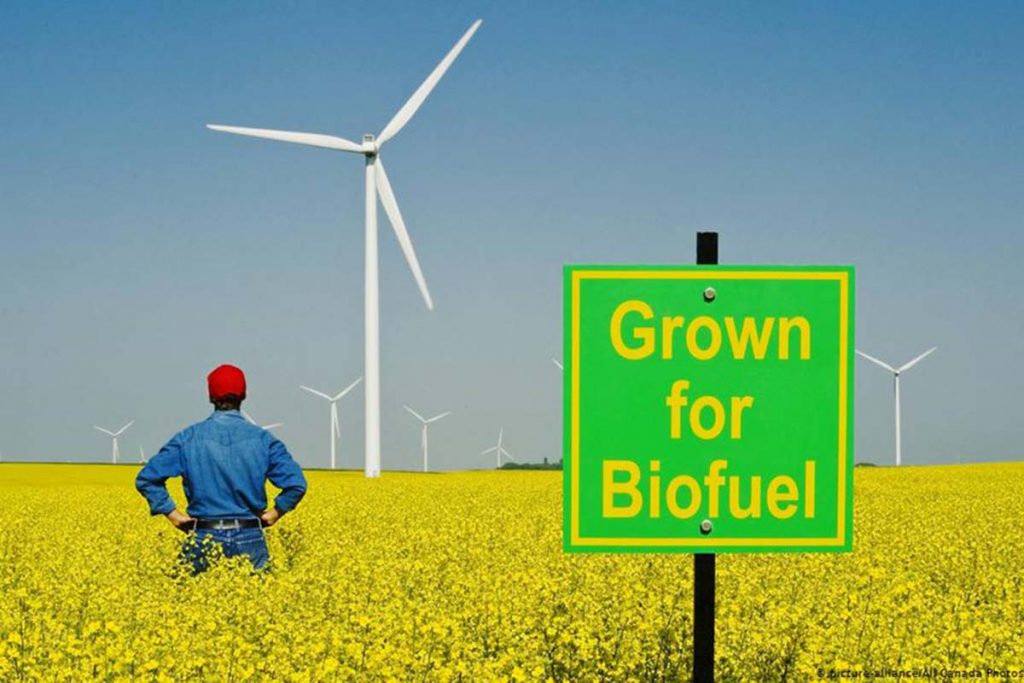Most environmental debates in Australia are about the futuristic goal of scientists and other experts – which is to obtain neutral carbon dioxide emissions in 2050. In this case, the debate is mainly focused on utilizing energy efficiently and sustainably. The primary objective is to upgrade the country’s power stations to renewables from gas and coal.

Furthermore, these renewables will include solar, wind, and green hydrogen. Nevertheless, despite all the commentaries, embracing bioenergy in Australia should at least be considered and acknowledged as an essential puzzle piece.
However, so far, experts have been eager to consider this as the primary solution to environmental concerns, whether it’s through offering an onsite power source or carbon-neutral transportation fuels.
Still, every time people hear “biofuel,” the first thing that comes into their mind is ethanol, and this is usually found in fuels used in service stations.
Moreover, ethanol can also be converted into hydrogen and aviation fuel, and biodiesel uses have benefited industries for decades. So, biofuel’s widespread adoption in Australia can offer plenty of opportunities for most farmers.
Biofuel’s Low Take-Up in Australia
According to the Foreign Agricultural Service Information Network studies about biofuels, ethanol consumption in Australia has only been 1.4% of the fuel pool. Similarly, biodiesel is said to maintain stability at only 0.2% of the overall diesel pool.
From here, experts can say that Australia still has a long way to go when it comes to biofuel adoption, especially since Australia is somehow dependent on imported fuels. However, despite the ample feedstock supply, the production and consumption of biodiesel and bioethanol remain low.
Among all countries all over the globe that have already been developing biofuel programs, ethanol’s national blend rate in Australia is one of the lowest. Moreover, even after several initial signs of progress, the use of biodiesel is almost zero.
Australia has significant feedstock for biodiesel production, such as molasses and grains, bioethanol supplies, and robust feedstock supplies like used cooking oil, tallow, and canola.
However, only a tiny amount of each of these supplies is utilized for domestic production. Moreover, although canola isn’t domestically used, there are still EU exports to produce biodiesel there.

